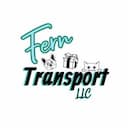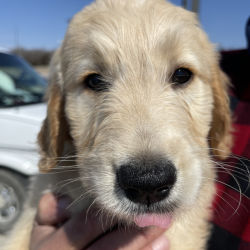Origins and Temperament
Tracing back to medieval Europe, the Bloodhound has a storied lineage of being an unparalleled scent tracker, originally bred for hunting. With a congenial and placid demeanor, these dogs are known for their determination and keen sense of smell. While Bloodhounds are typically good-natured, their distinctive traits necessitate mindful travel arrangements, as their sensitivity to odors and propensity to follow scents can lead to distraction or distress during transit.
Size and Physical Needs
Bloodhounds are large canines, weighing between 80 to 110 pounds. Their significant size and a robust exercise regimen call for spacious travel conditions. Regular activity not only keeps them healthy but also mitigates travel anxiety. Transporters should be prepared to provide sufficient space and regular stops for physical activity, alongside accommodations for their droopy ears and large frame.
Common Health Considerations
Bloodhounds can be prone to health issues such as hip dysplasia and bloat. Sharing up-to-date health documentation with transporters, including vaccination records, is vital. Also, preparing for potential health concerns with medications and first-aid supplies is key for a secure journey.
















